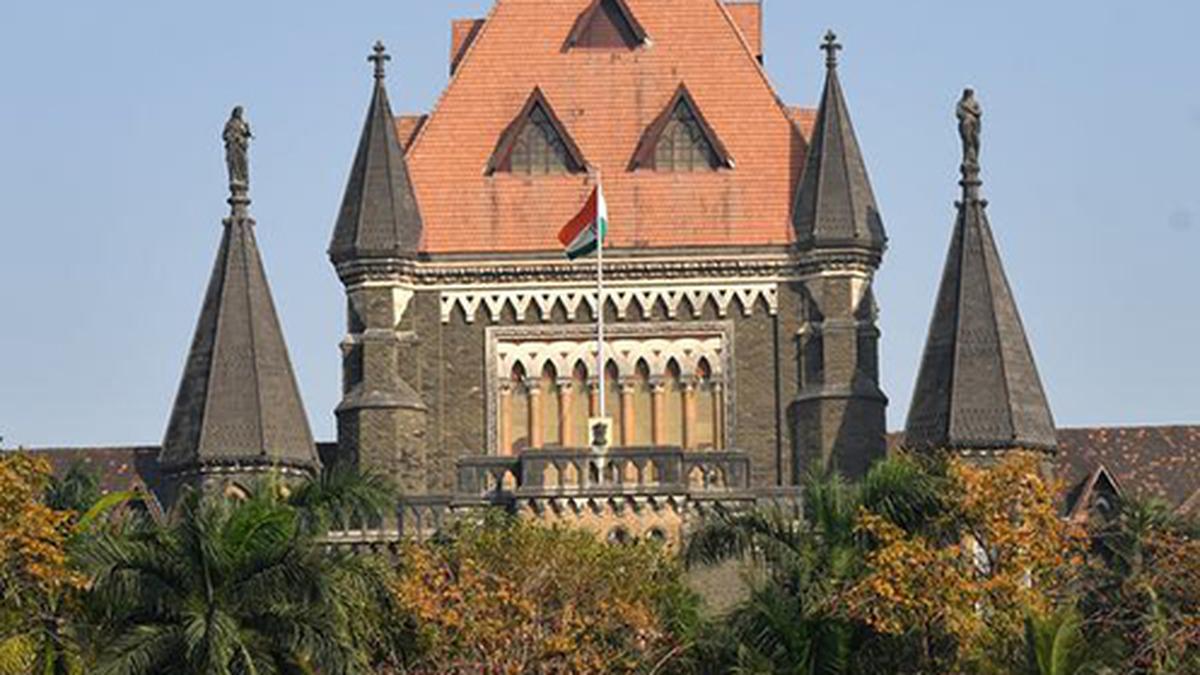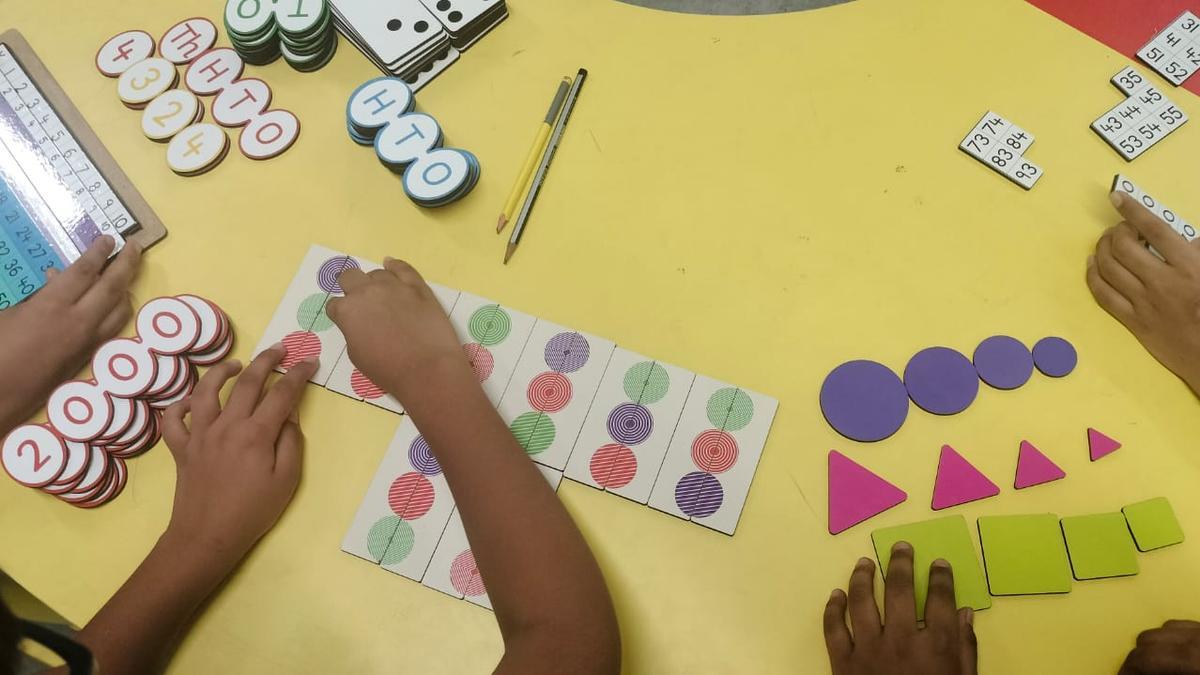Now Reading: Orange Line Faces Year-Long Delay Amid Double-Decker Flyover Plans
-
01
Orange Line Faces Year-Long Delay Amid Double-Decker Flyover Plans
Orange Line Faces Year-Long Delay Amid Double-Decker Flyover Plans
Speedy Summary
- BMRCL’s phase 3 Overview: Bengaluru’s Namma Metro Phase 3 (Orange Line) will span over 44 km with 31 elevated stations across two corridors: J.P. Nagar 4th Phase to Kempapura (32.15 km) and Hosahalli to Kadabagere (12.5 km). Estimated cost is ₹15,611 crore.
- Delays and Design Changes: Integration of double-decker flyovers along portions of the Orange Line has delayed the project by a year, extending the completion deadline to May 2031. Project costs will rise by around 5%.
- Timeline Adjustments:
– Tendering expected by November 2025.
– Construction likely starting December 2025-January 2026 in eight packages.
– Completion projected within five-and-a-half years post-groundbreaking.
- Functionality Gains:
– Double-decker flyovers aim to alleviate future road congestion while optimising urban space, drawing on prior success near Ragigudda on Yellow Line.
– Connectivity enhanced through multiple interchange points with existing metro lines like Green, blue, Red, Purple, and Pink lines.
– Hebbal to act as a critical transit hub for airport-bound commuters and other metro lines.
- Capacity & Expansion Potential:
– Anticipated daily ridership of orange Line at approx. 7.85 lakh passengers upon operation.
– Upon completion of Phase 3, Bengaluru Metro will expand its network length to a total of approximately 222.2 km.
indian Opinion Analysis
The inclusion of double-decker flyovers in Namma Metro’s Phase 3 underlines BMRCL’s step toward long-term urban mobility planning that factors in Bengaluru’s notorious traffic congestion challenges. While such modifications enhance efficiency and reflect foresight in addressing future demands for shared spaces between road users and public transit infrastructure, they do come at important costs-both monetary and temporal.
The revised timeline until May 2031 pushes back what could have been earlier connectivity improvements for fast-growing residential areas like J.P Nagar or Kempapura while compounding frustrations over current traffic issues during prolonged construction phases.
Strategically linking corridor points such as Hebbal with major metro lines strengthens interconnectivity tied directly into core nodes like Kempegowda International Airport or high-demand sectors like Sarjapur-a potential game changer given passenger growth forecasts (~7+ lakh daily riders).However commendable its scope may be for long-term impacts-especially transport equity across underserved regions-the phased rollout spread raises concerns about disrupted timelines affecting immediate population benefits vs otherwise balance optimization justified solely from better-integrated alignment geometries ensuring manageable headways efficiently handle latent gains running pressures/optimization developing fast-realization proposals-funded resources accountability variability pressures nearer-term clarity beyond luxury theoretical abstract models etc …
gjin Links approval





















